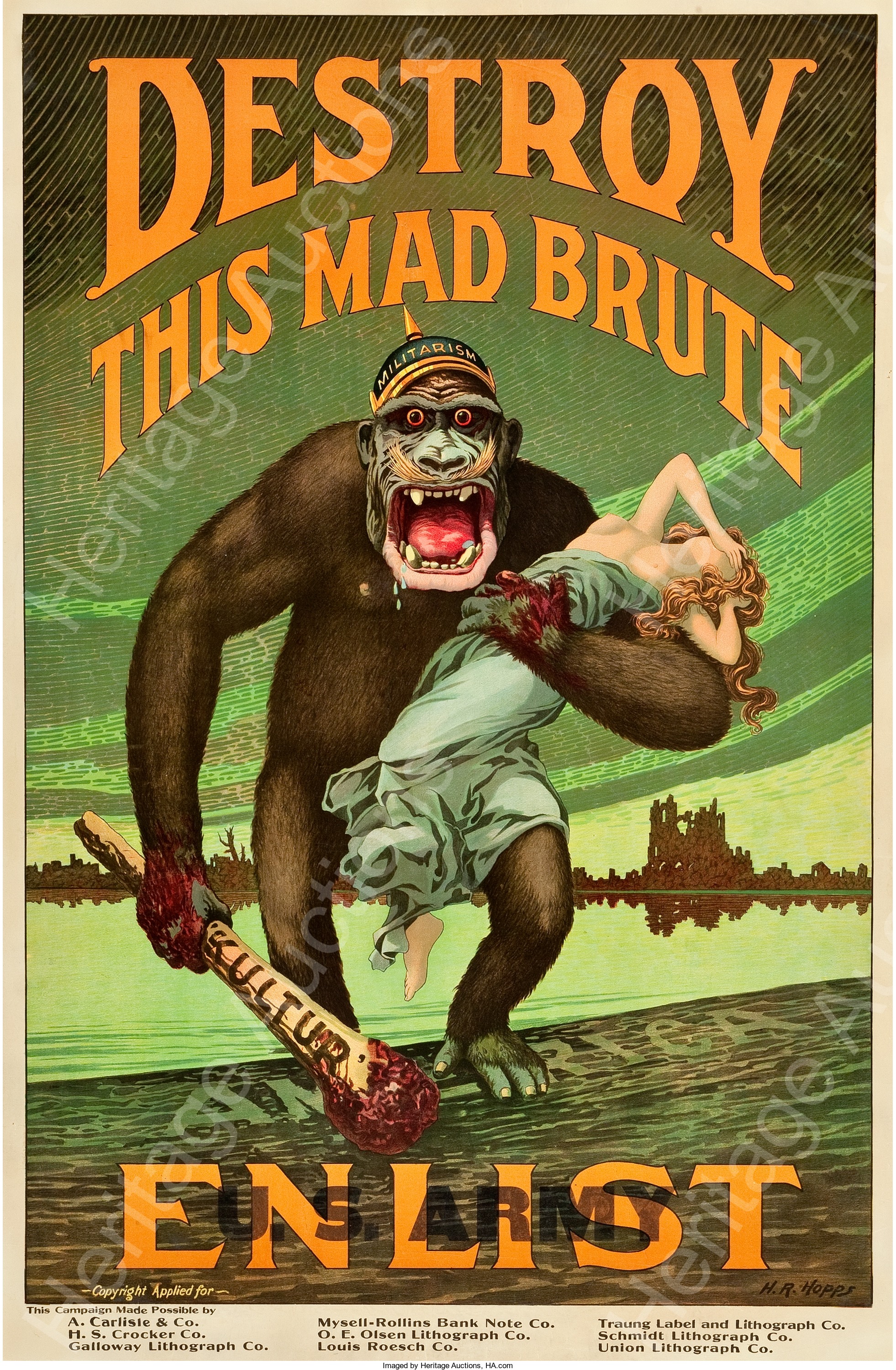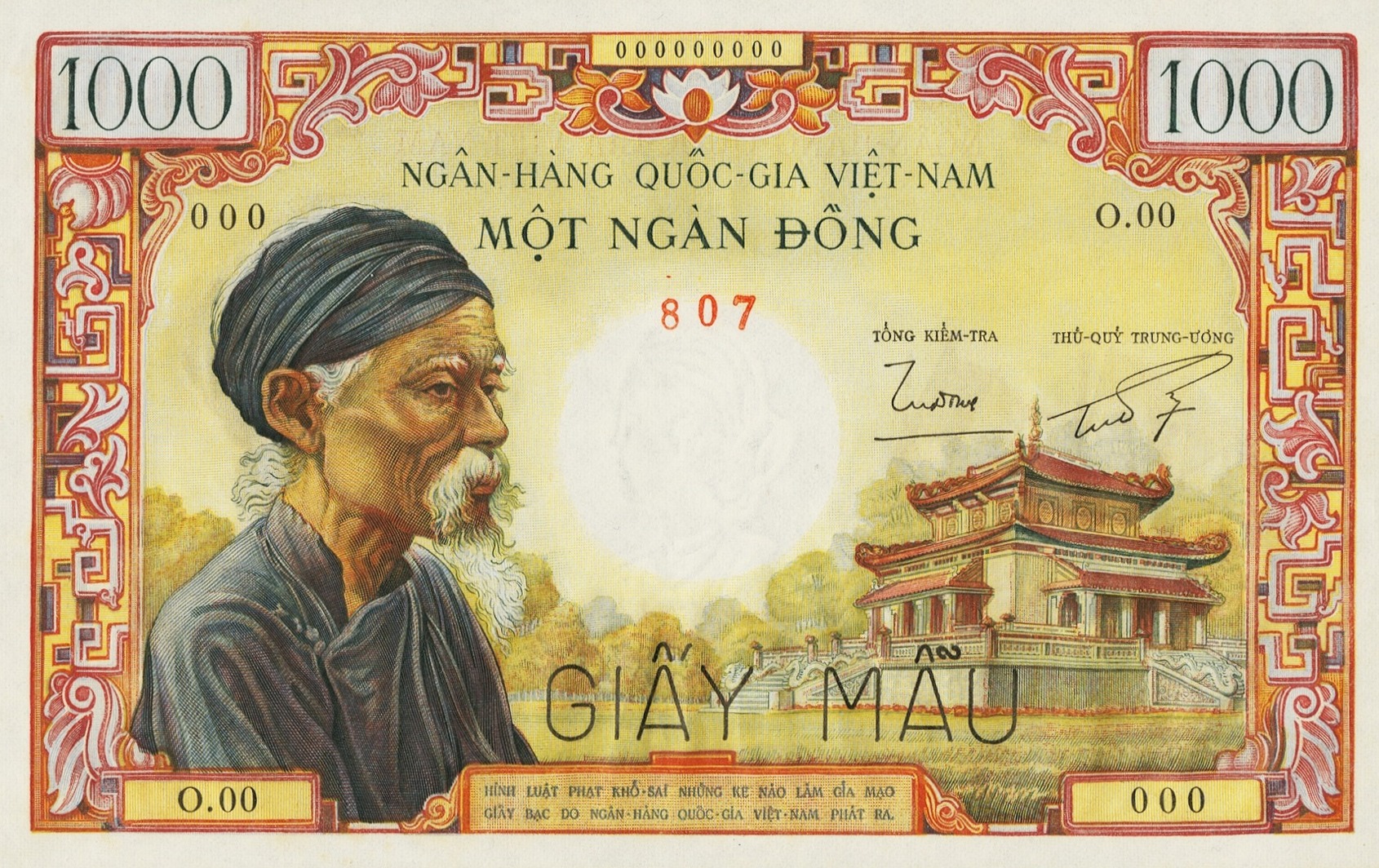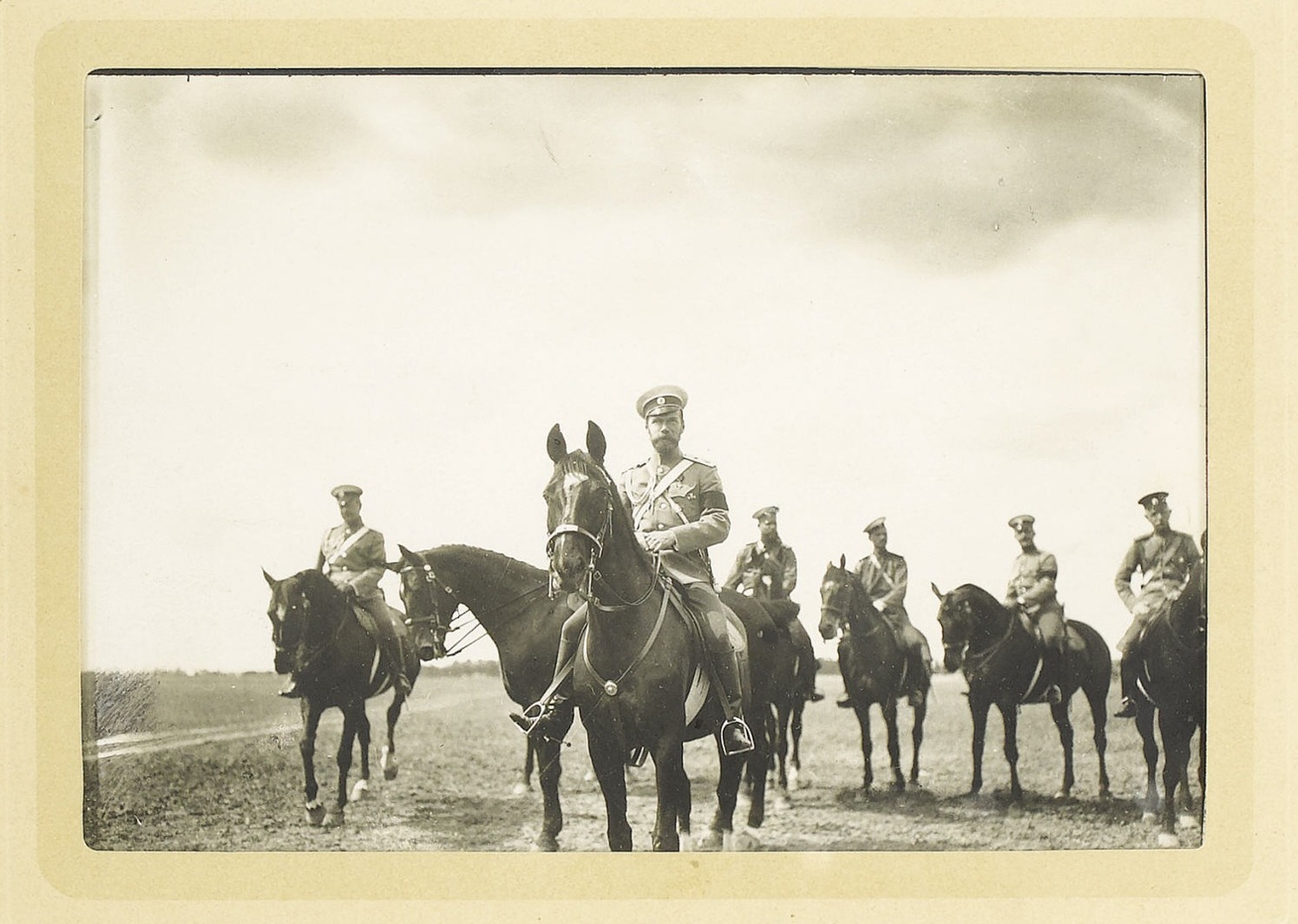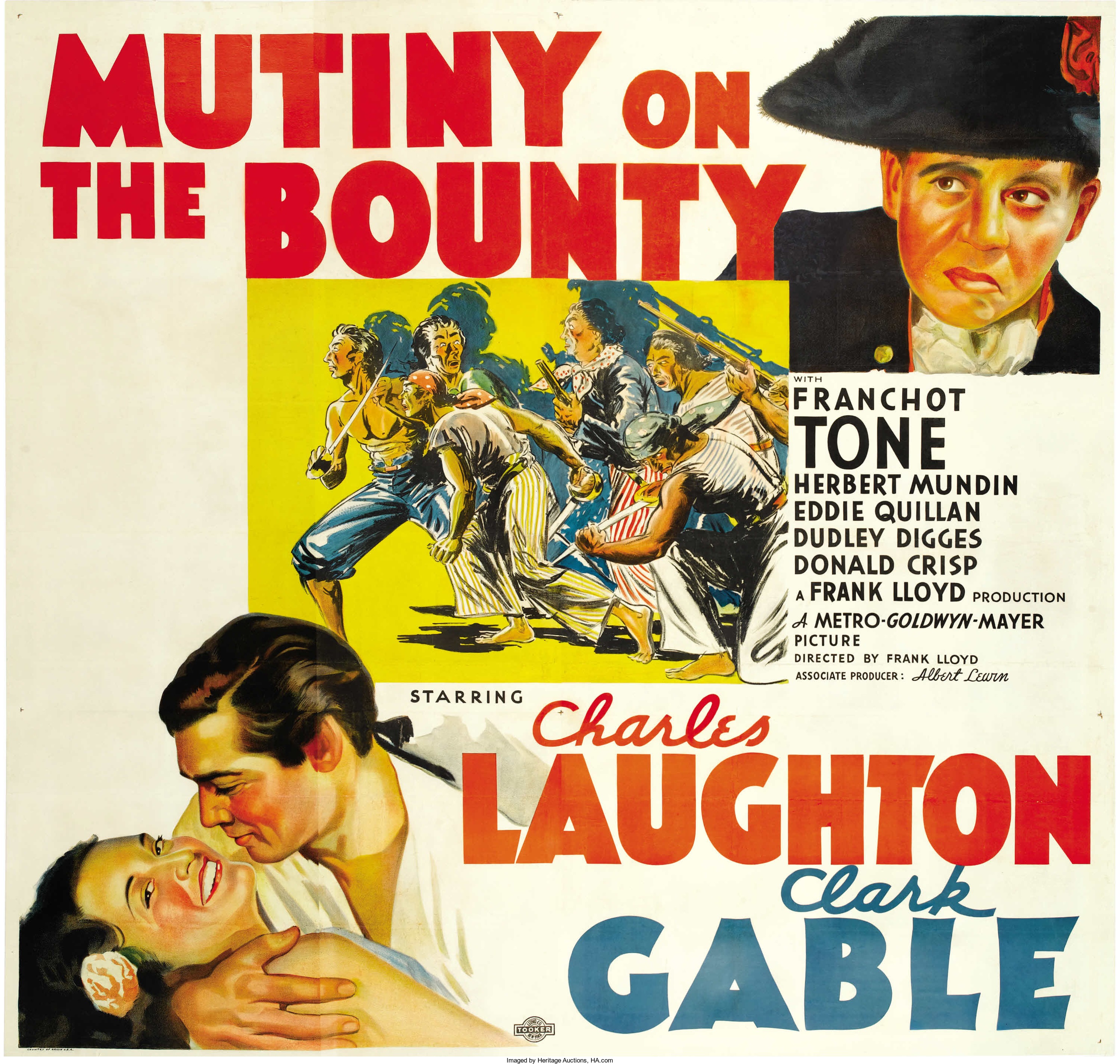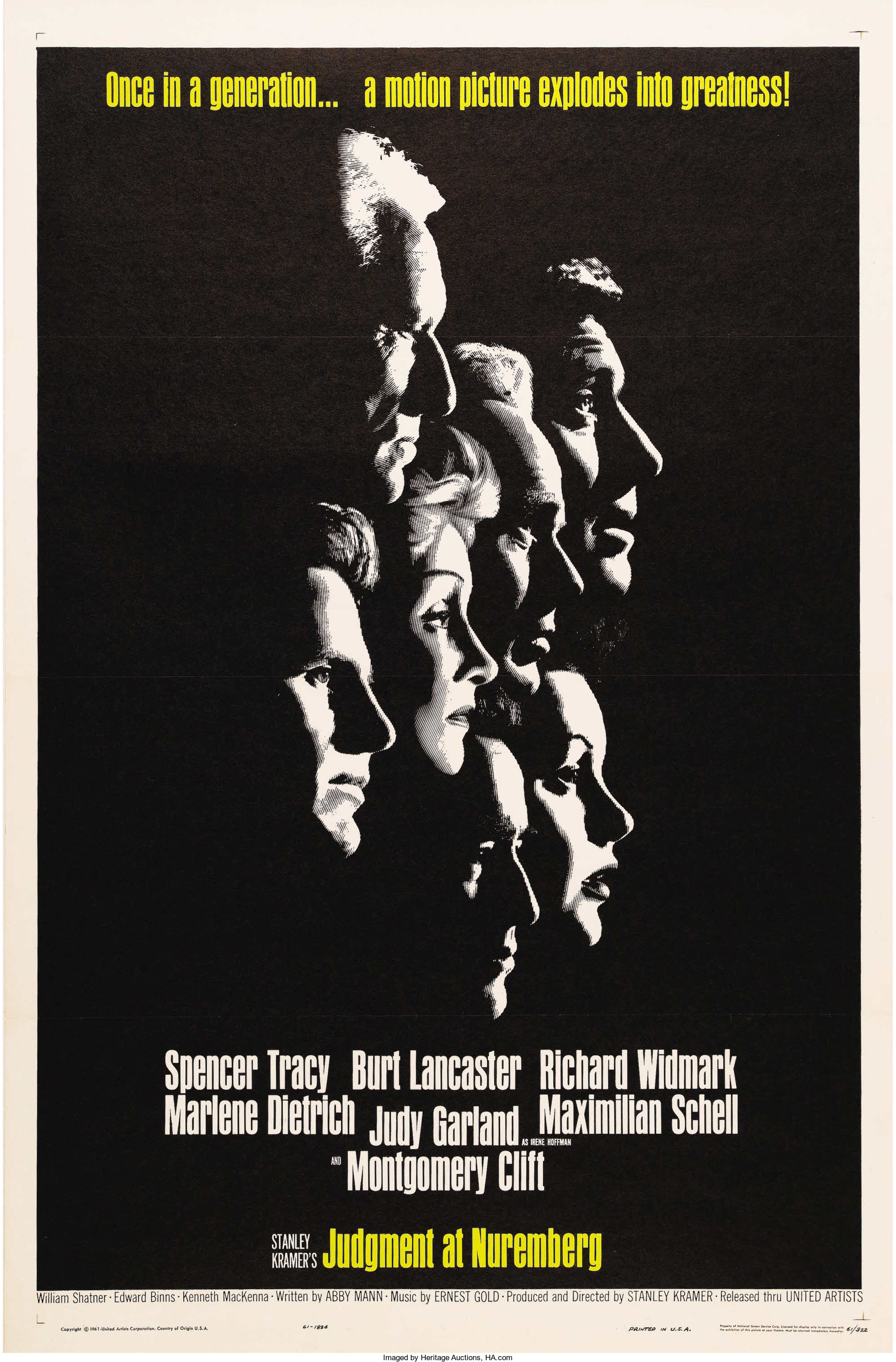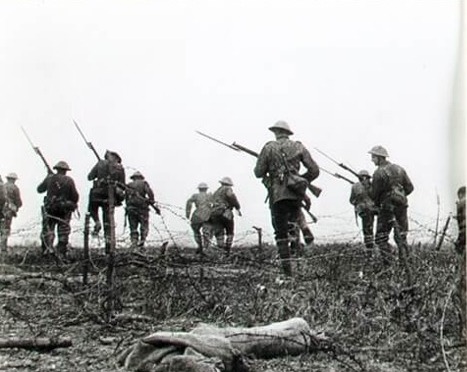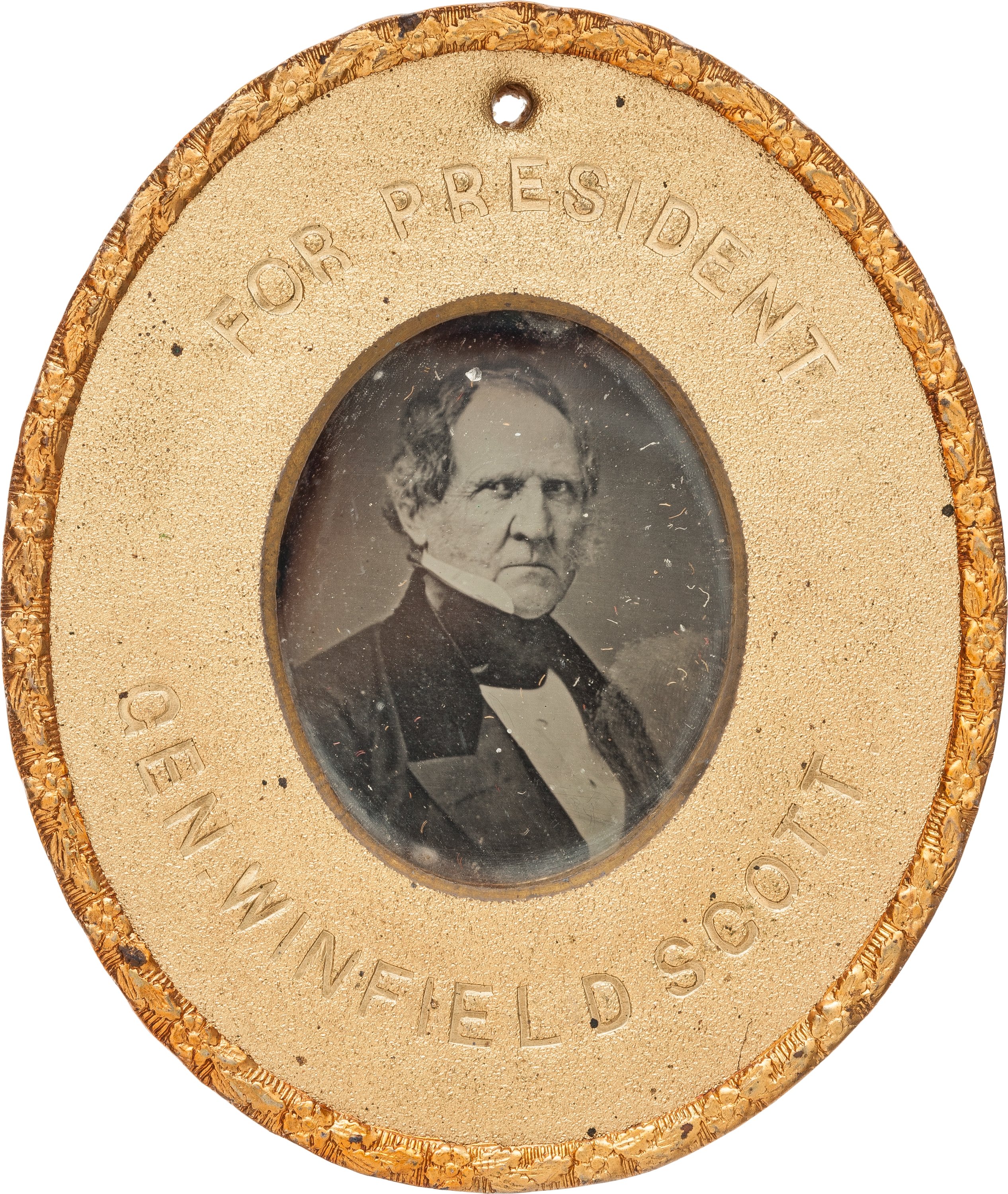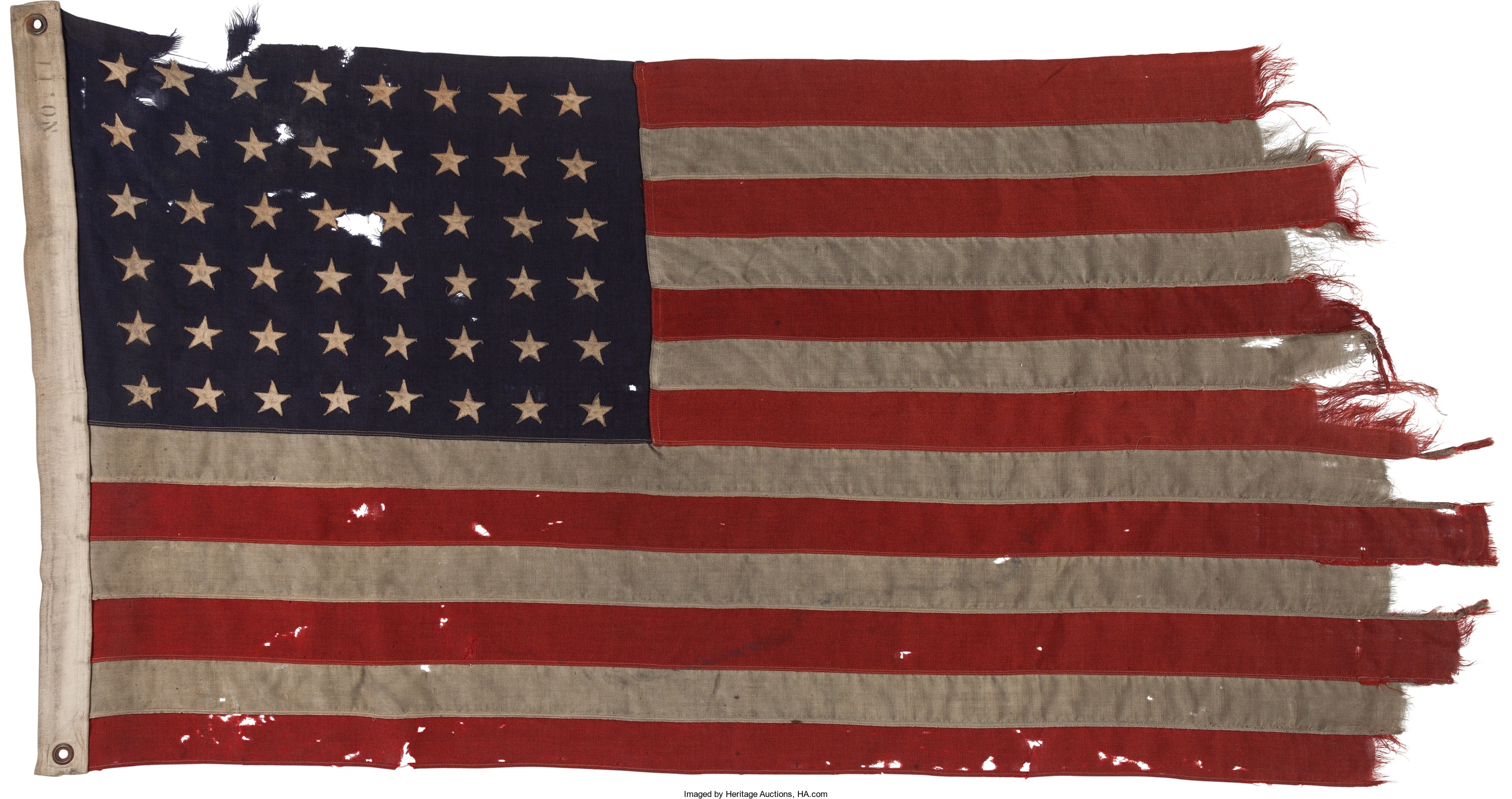
“When it mattered most, an entire generation of Americans showed the finest qualities of our nation and of humanity. On this day, in their honor, we will raise the American flag over a monument that will stand as long as America itself.” – George W. Bush, May 29, 2004
By Jim O’Neal
Sixteen million Americans served during World War II. Twelve years ago, the National World War II Memorial, honoring their commitment and sacrifices, was dedicated in the nation’s capital. The event featured a four-day celebration with special museum exhibits and services in the National Cathedral.
Almost every feature and detail of the seven-acre memorial in the National Mall are symbolic. A ceremonial entrance is flanked by 24 bronze bas-relief sculpture that provide glimpses into the American experience and on the battlefield. Inside, the memorial is anchored by two pavilions – one proclaiming victory in the Atlantic Theatre, the other success in the Pacific. Fifty-six granite pillars represent the states, federal territories and District of Columbia.
The columns are linked with bronze ropes to reflect the nation’s unity during the war and adorned with two bronze wreaths, one of wheat, representing the United States’ agricultural strength, and one in oak, signifying the might of a nation.
The site also features the Freedom Wall, decorated with 4,048 gold stars, each representing 100 Americans who lost their lives during the war or who remain missing in action. Carved at the bottom are the words “Here we mark the price of freedom.”
Visitors can find hidden treasures in the site, including the famous “Kilroy was here” graffiti familiar to every WW2 veteran. Also carved into the memorial are these words from President Harry S. Truman: “Our debt to the heroic men and valiant women in the service of our country can never be repaid. They have earned our undying gratitude. America will never forget their sacrifices.”
Amen.
 Intelligent Collector blogger JIM O’NEAL is an avid collector and history buff. He is President and CEO of Frito-Lay International [retired] and earlier served as Chairman and CEO of PepsiCo Restaurants International [KFC Pizza Hut and Taco Bell].
Intelligent Collector blogger JIM O’NEAL is an avid collector and history buff. He is President and CEO of Frito-Lay International [retired] and earlier served as Chairman and CEO of PepsiCo Restaurants International [KFC Pizza Hut and Taco Bell].

